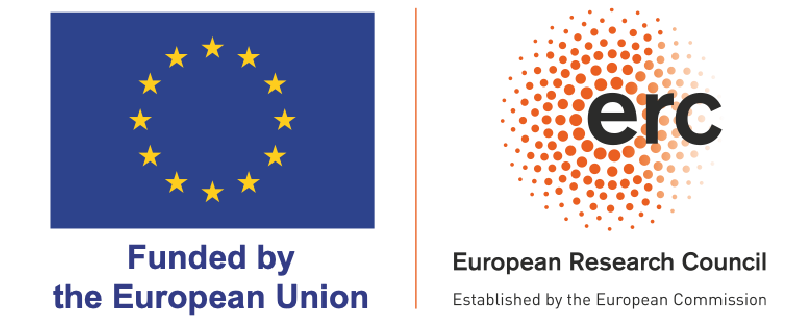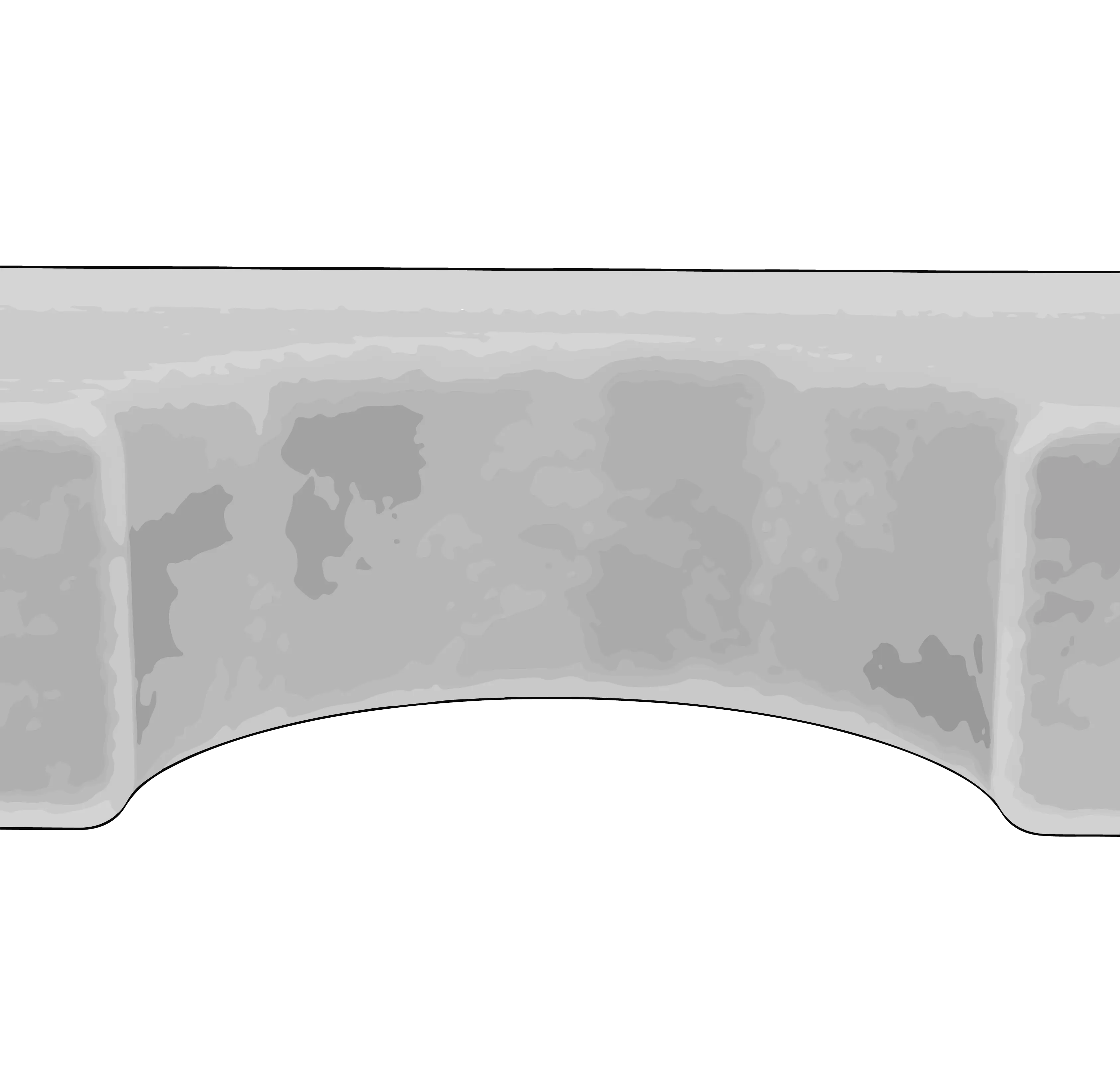
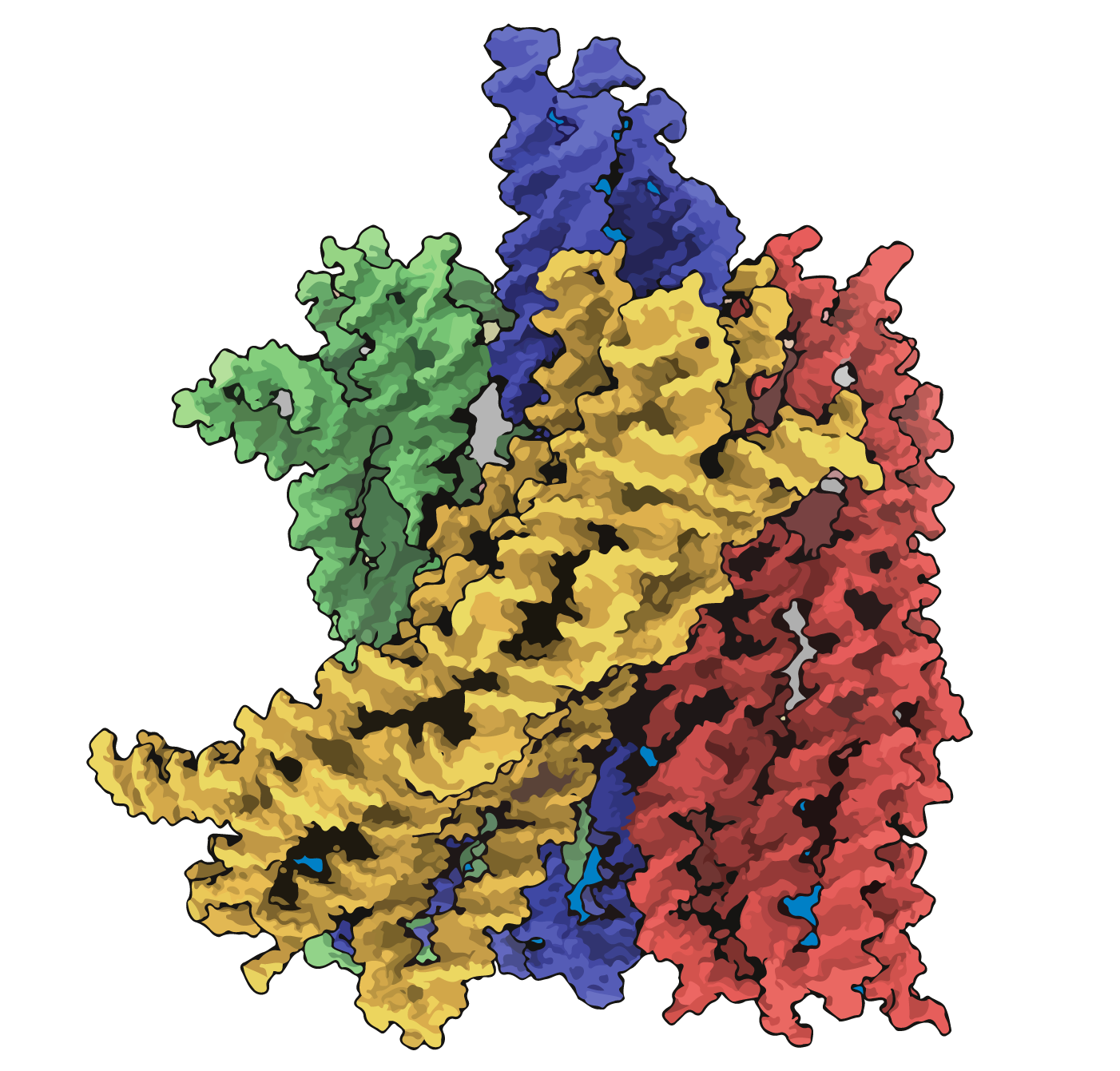
Build bio-inspired nanomachines
with nanopores and more!
We are a new lab started in October 2023 at KU Leuven.
In our lab, we learn from nature to build motors and machines that mimic the critical functions of nature's motor proteins at the nanoscale.
scroll down to read more about our research (or click here)
Techniques We Love
Nanopores
A solid-state nanopore is typically a nanometer-sized hole formed in a synthetic membrane (usually SiNx or SiO2).
Localization Microscopy
Single-molecule localization microscopy (SMLM) describes a family of powerful imaging techniques that dramatically improve spatial resolution over standard, diffraction-limited microscopy techniques and can image biological structures at the molecular scale.
DNA Nanotechnology
DNA origami is the nanoscale folding of DNA to create arbitrary two- and three-dimensional shapes at the nanoscale. The specificity of the interactions between complementary base pairs make DNA a useful construction material, through design of its base sequences.[2] DNA is a well-understood material that is suitable for creating scaffolds that hold other molecules in place or to create structures all on its own.
And More...
More about our techniques will be added here soon.
Recent Progress
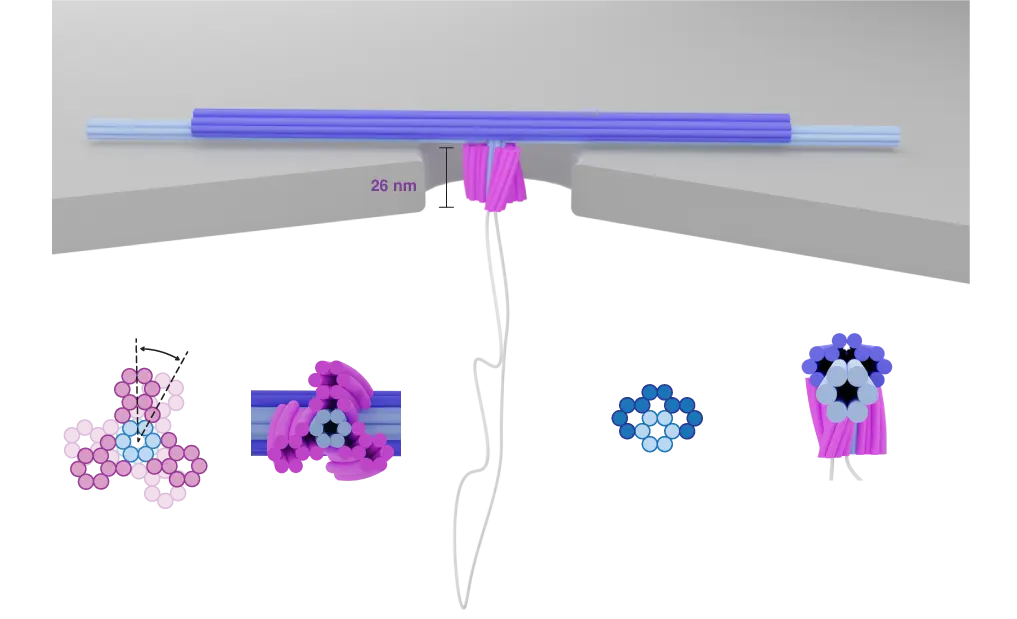
Is there a way to design and build flow-driven active nanomachines from the bottom up, with complete control and understanding, while enabling their autonomous directional (rotary) motion as their biological counterparts?
In our latest paper, together with our collaborators, we present the first-ever rationally designed nanometer-sized turbine made out of DNA! [Read More...]
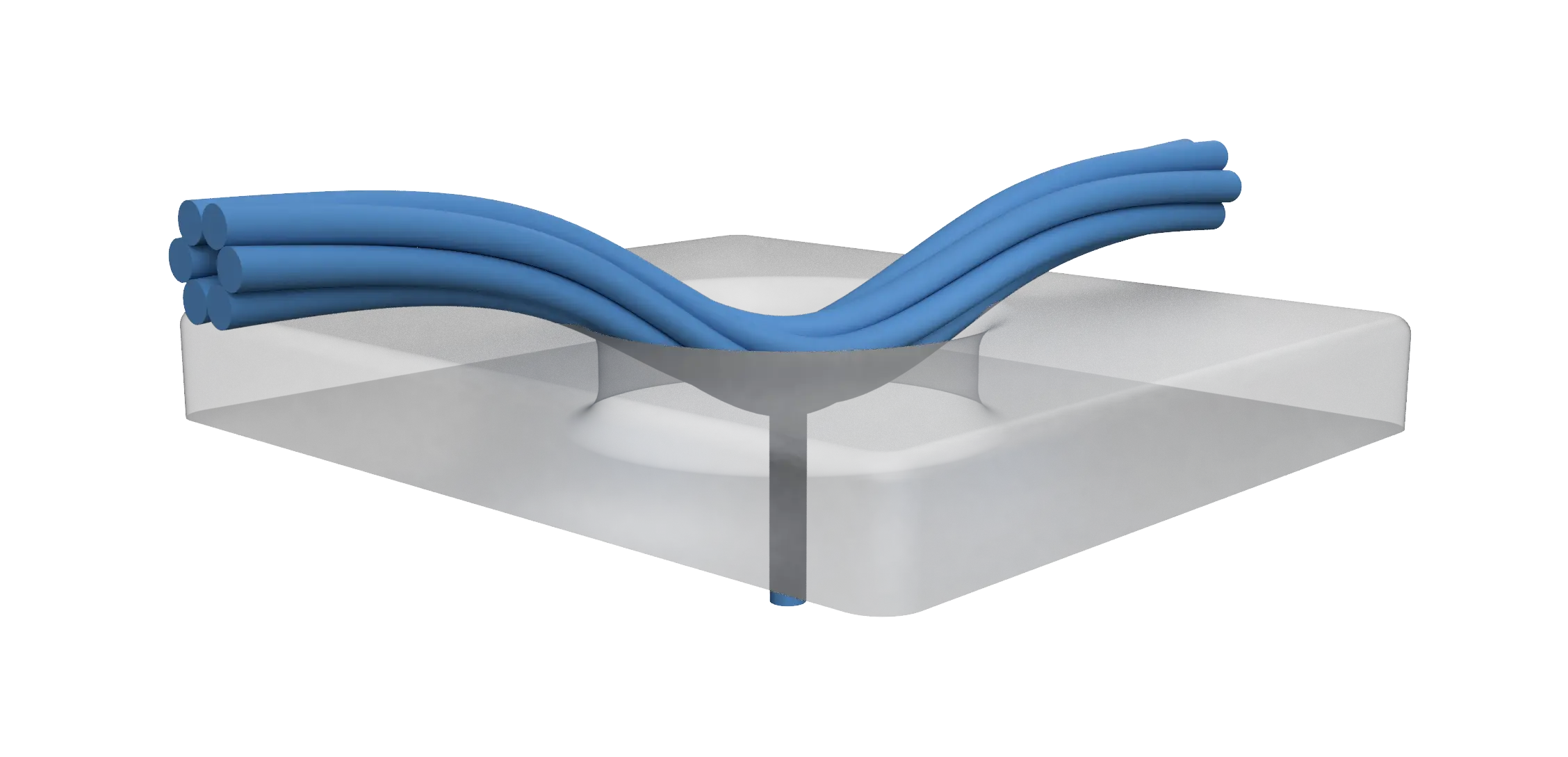
Can we use nanopores and the nanoscale flow in the to build machines and motors? In this paper, we show how to use a minimalistic DNA rotor and a nanopore to converts transmembrane potentials into mechanical work. [Read More...]
Current Projects
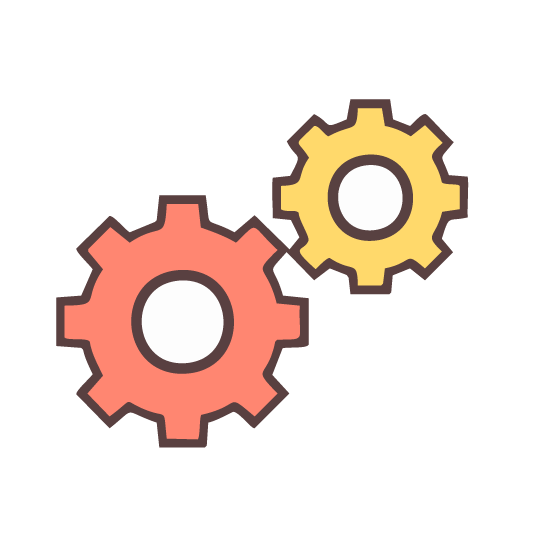
Nanomotor-powered membrane machines!
Inspired by ATP synthase and bacterial flagella motors, we design and construct DNA-turbine-driven nanomachines within biocompatible membranes.
Join the project as:
Funding source:
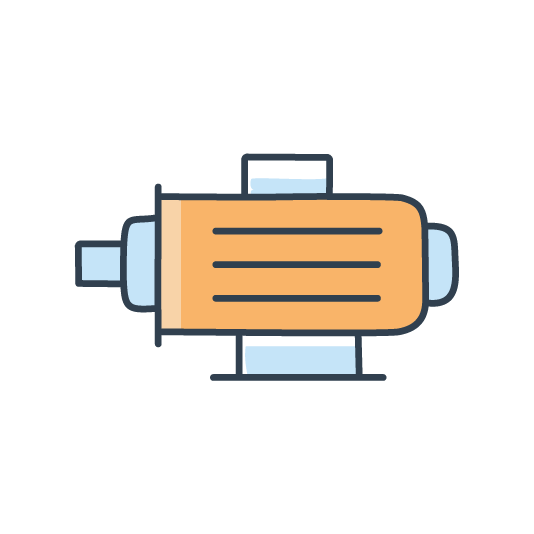
New frontiers for nanomotors!
Let's try some bold new ideas on membrane-based nanomotors!
Join the project as:
Funding source:
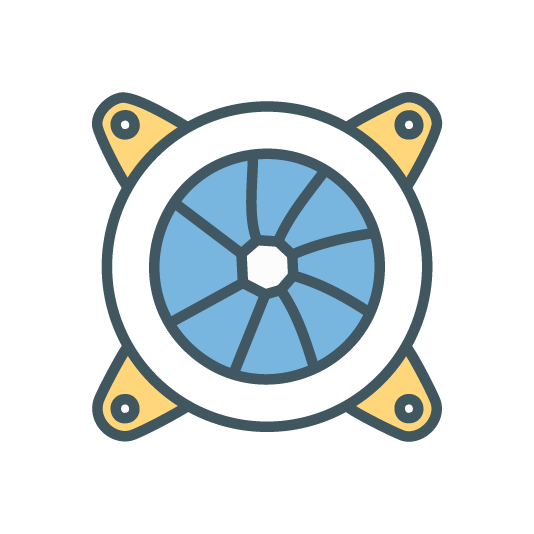
Faster, smaller, and stronger!
How small can DNA-based nanoturbines be? How much can we push their efficiency? Can we ever match the marvel of natural motors?
Join the project as:
Funding source:
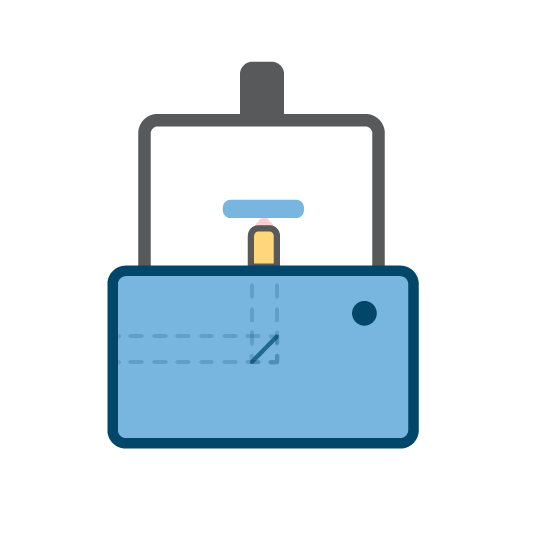
Nanobox: Nanomotor performance testing with precision
We combine nanopore technology, single-molecule localization microscopy, and force spectroscopy to develop the next-generation testing platform for benchmarking both artificial and natural motors! Join us if you like programming, building Legos, or flashing lasers!
Join the project as:
Funding source:
* Funded by the European Union. Views and opinions expressed are however those of the author(s) only and do not necessarily reflect those of the European Union or ERC. Neither the European Union nor the granting authority can be held responsible for them.
Join Us
News and updates
2024-10-01Two PhD students started: Tom Claes and Jorn Vekemans
2024-09-23Three master's students joined: Dimitrios Xynos, Sara Martien, and Kamiel Vanlommel
2024-09-05Awarded ERC Starting Grant
2023-10-01Official start of the lab
2023-09-23First two masters students Quinten Coveliers and Tom Claes joined the lab
